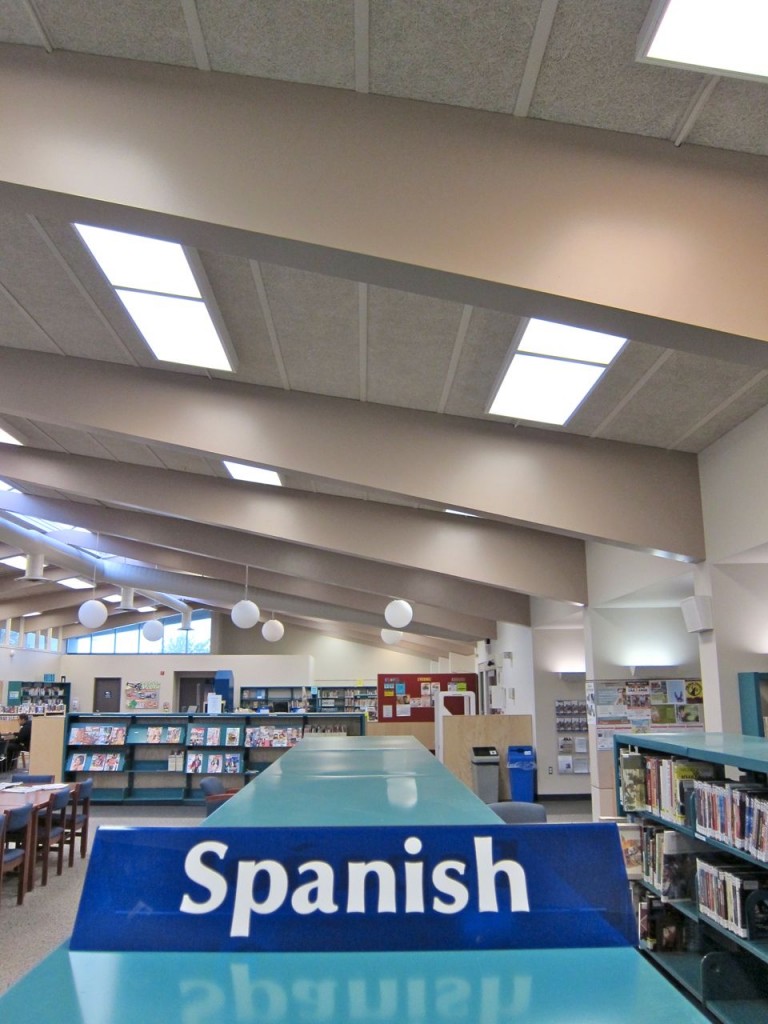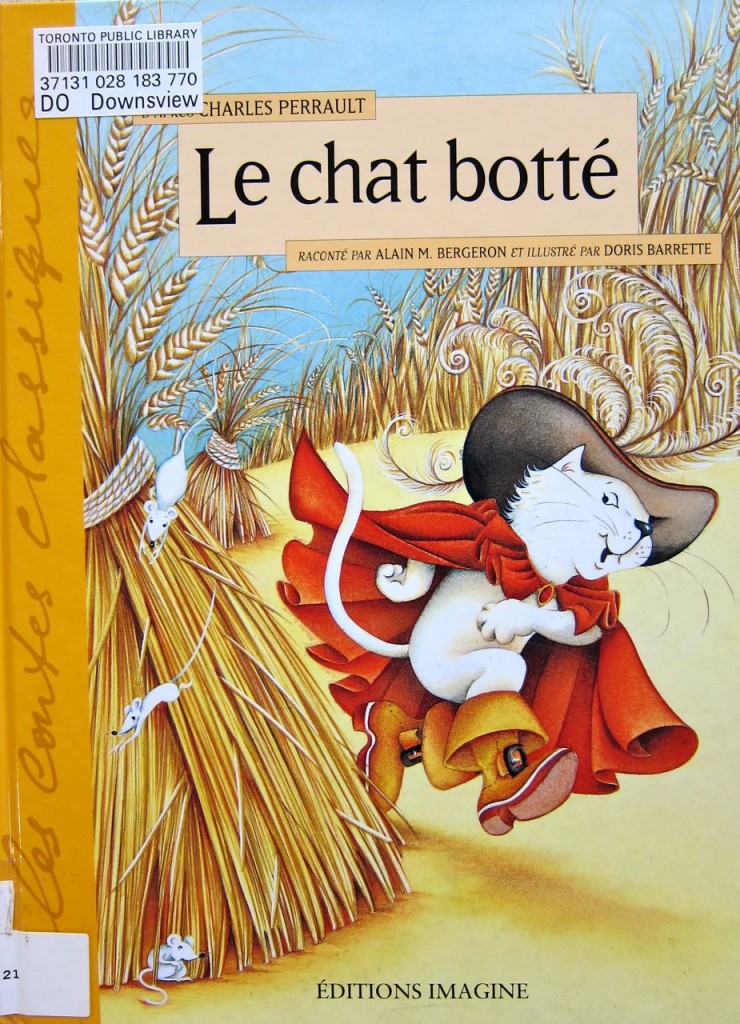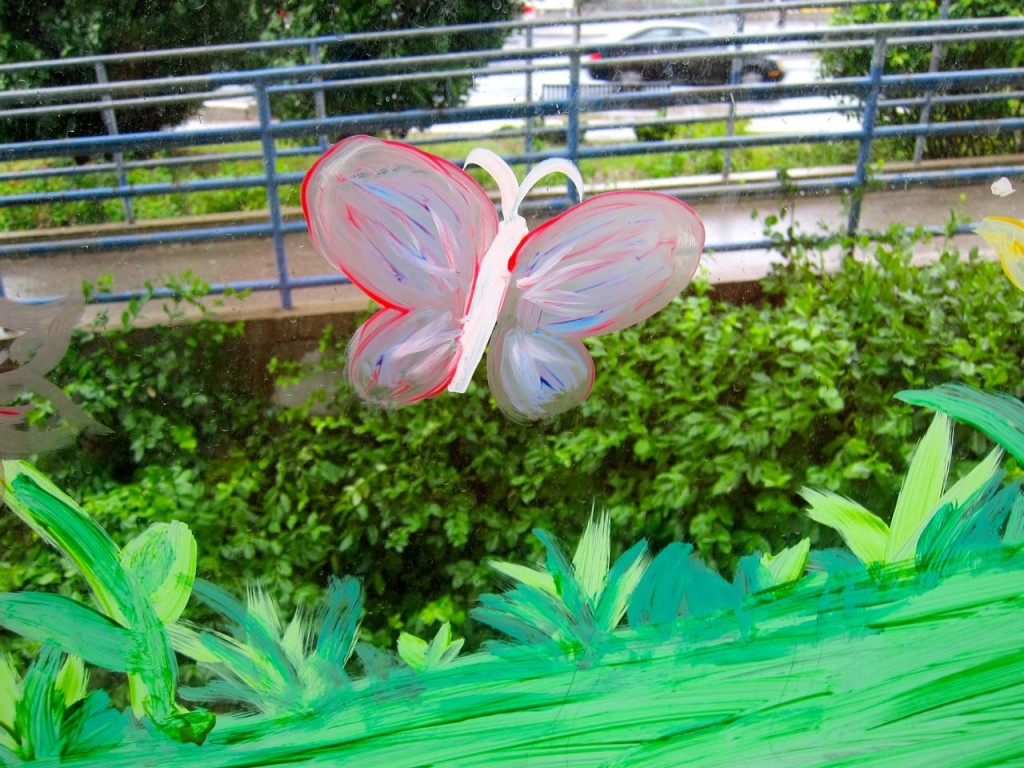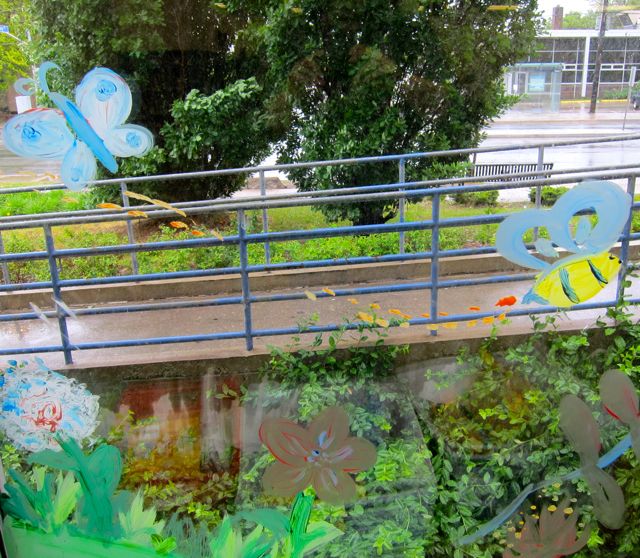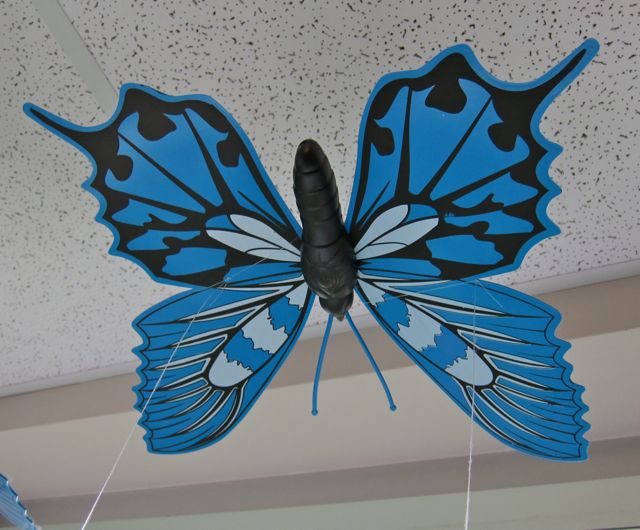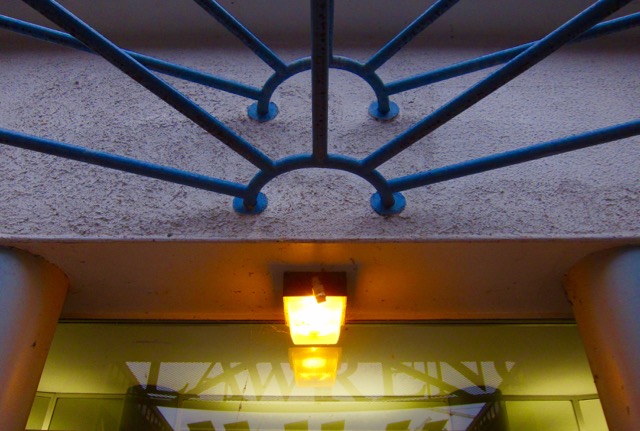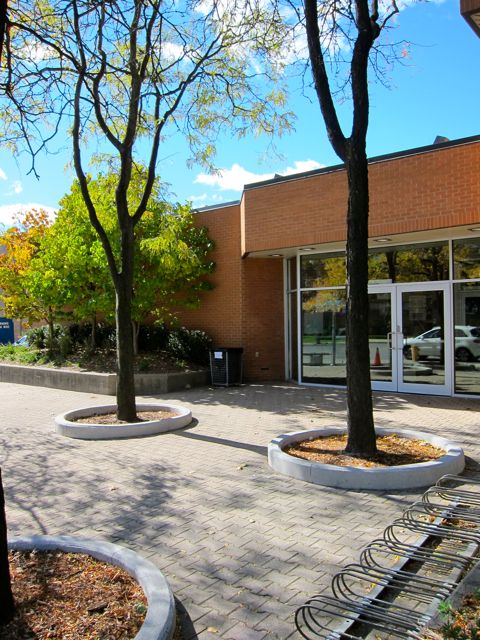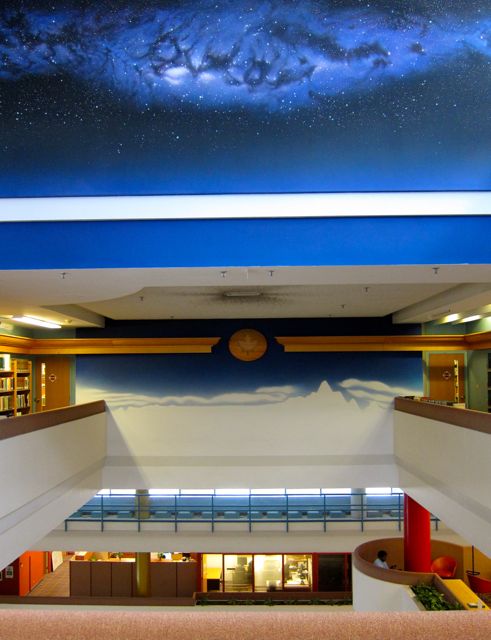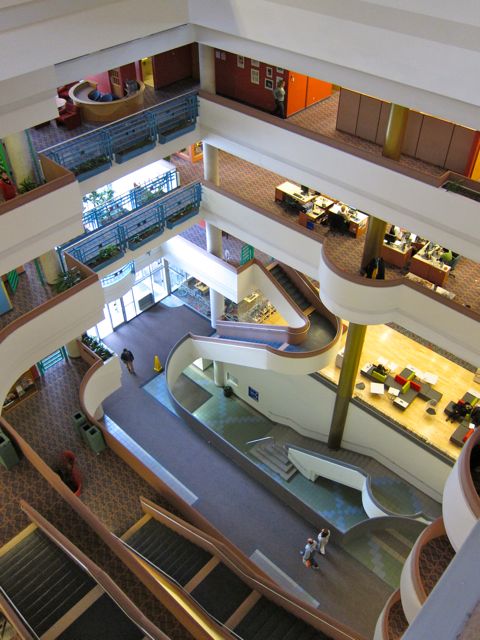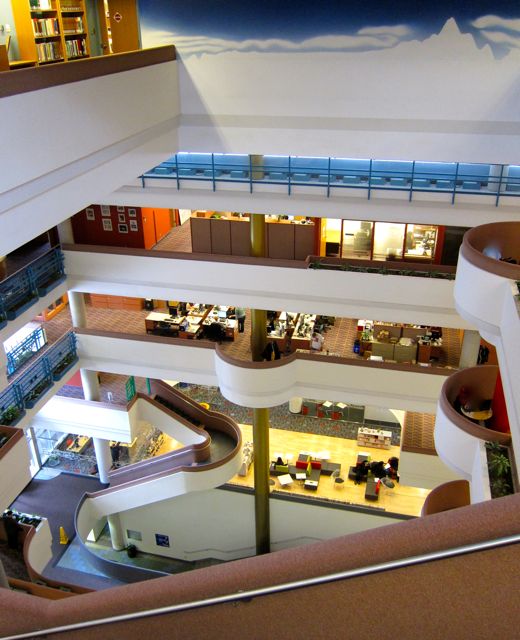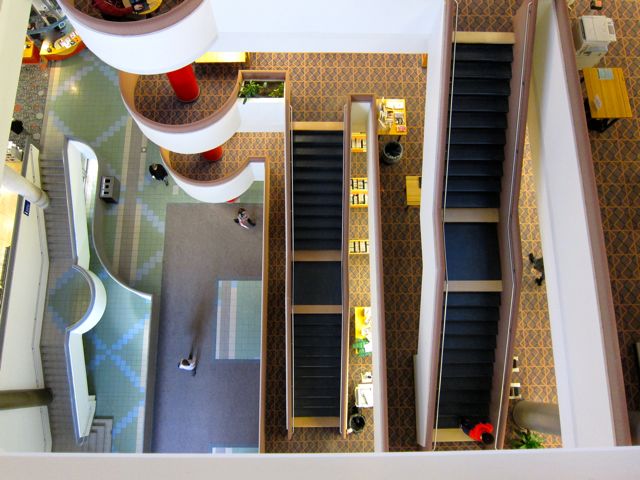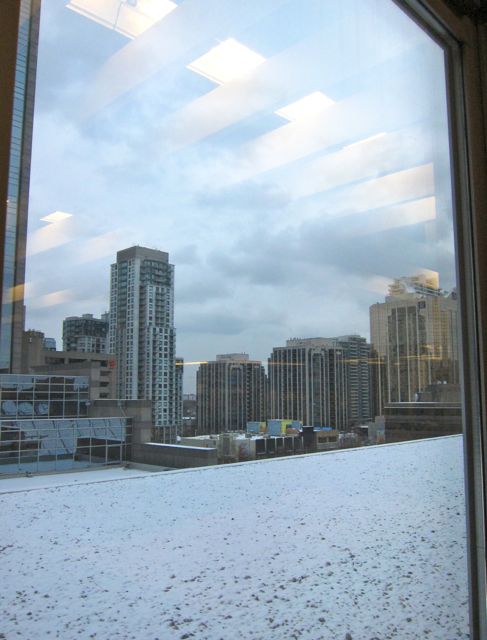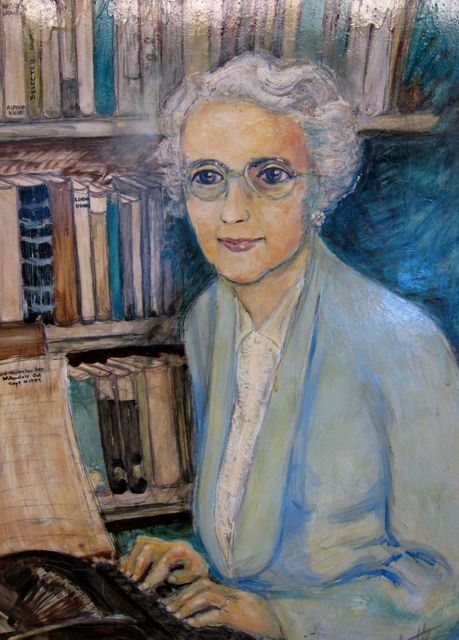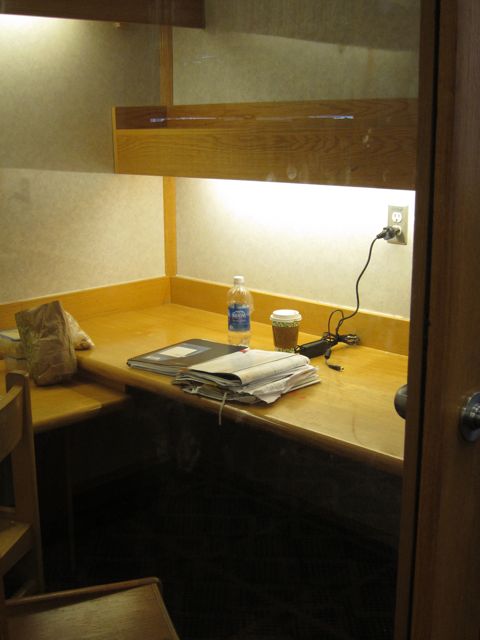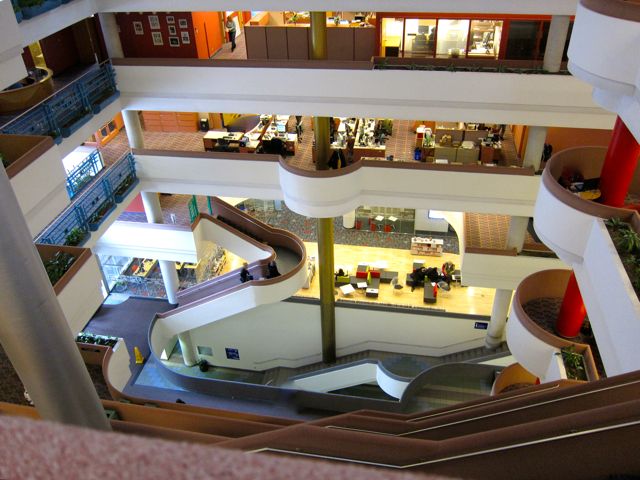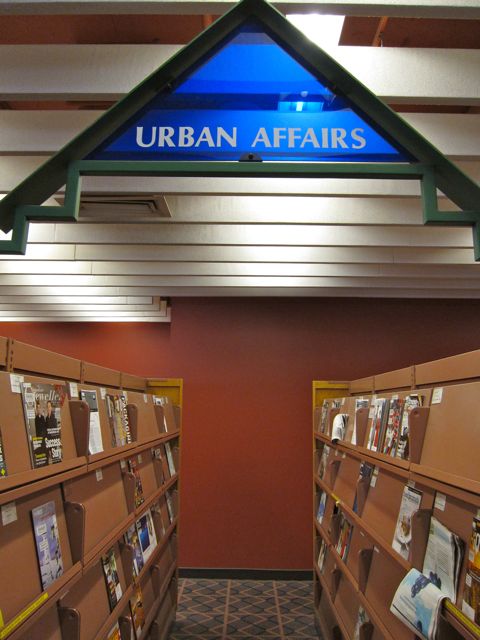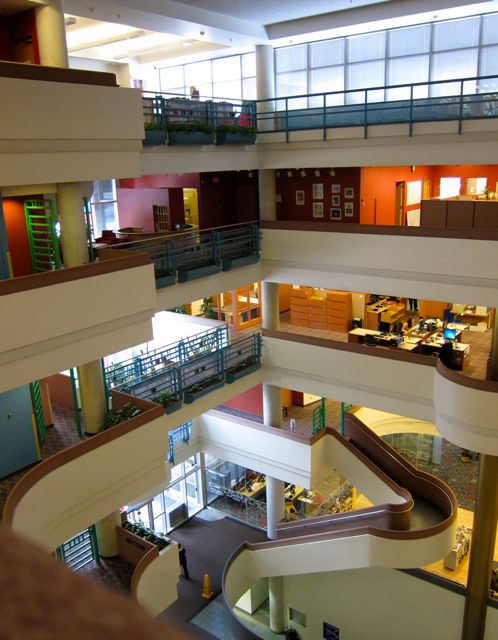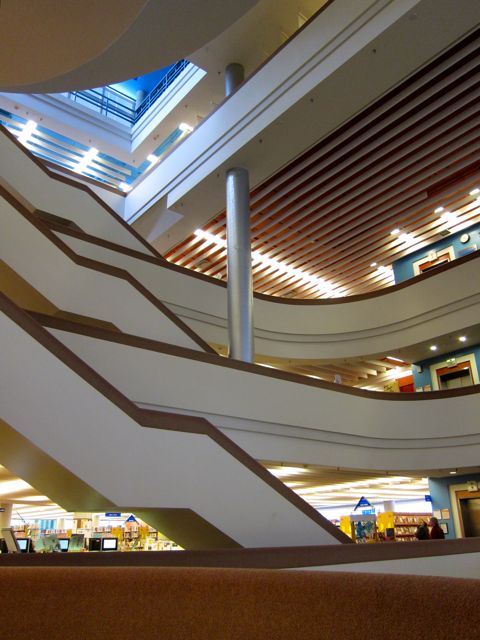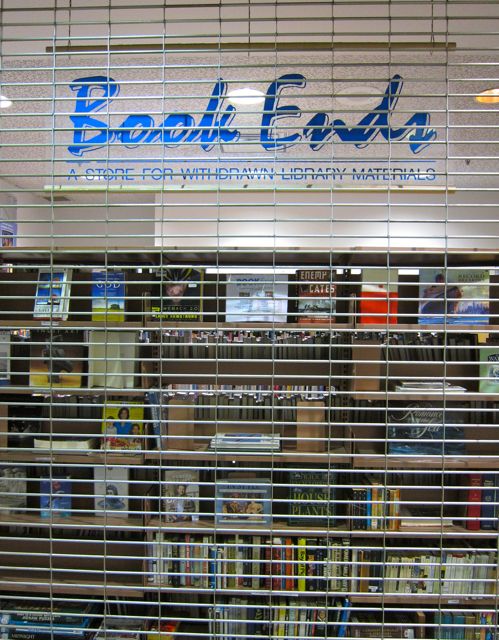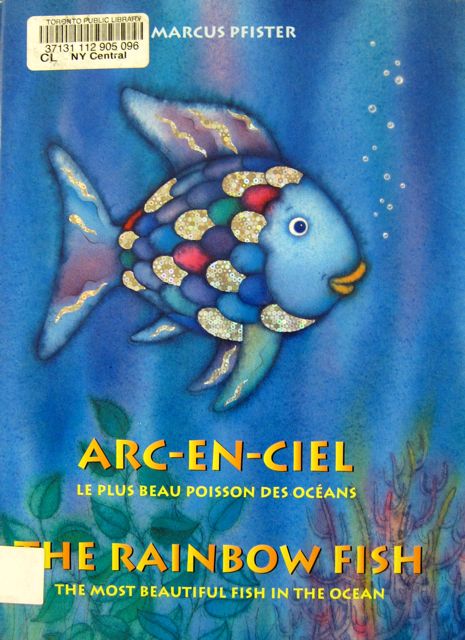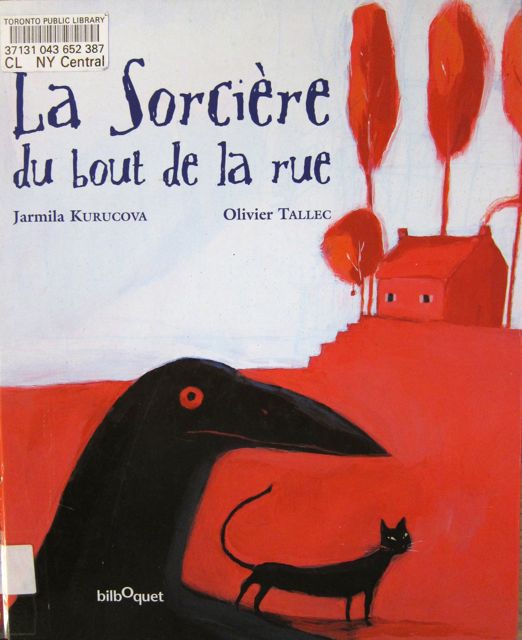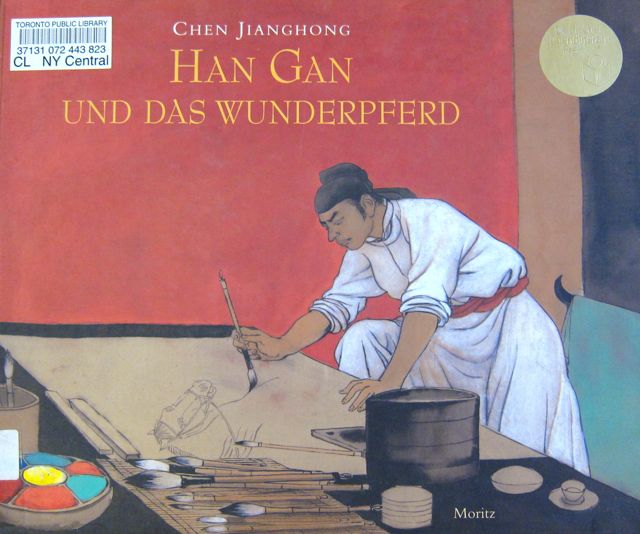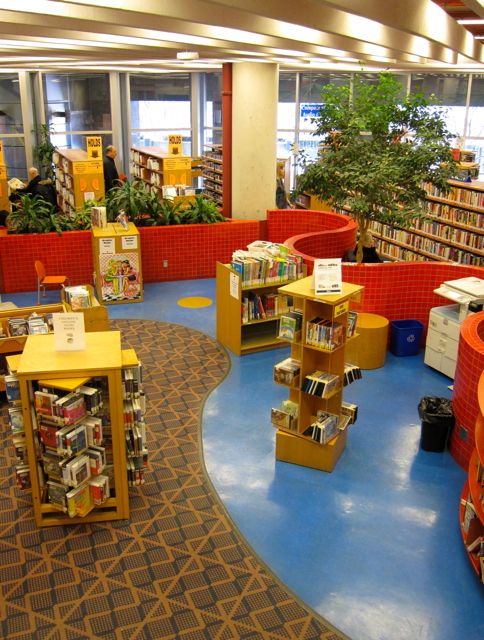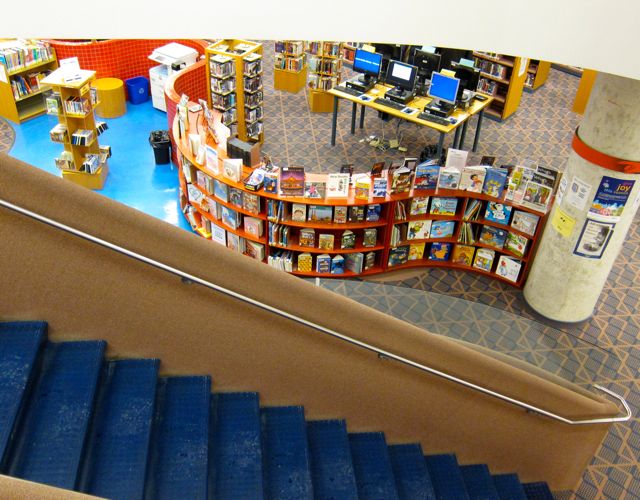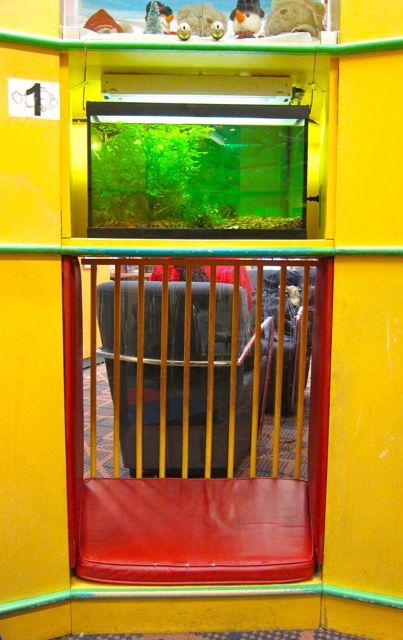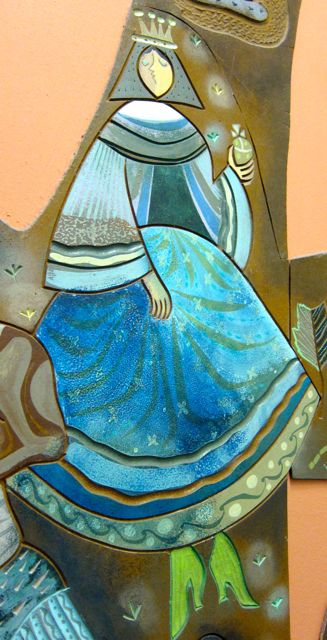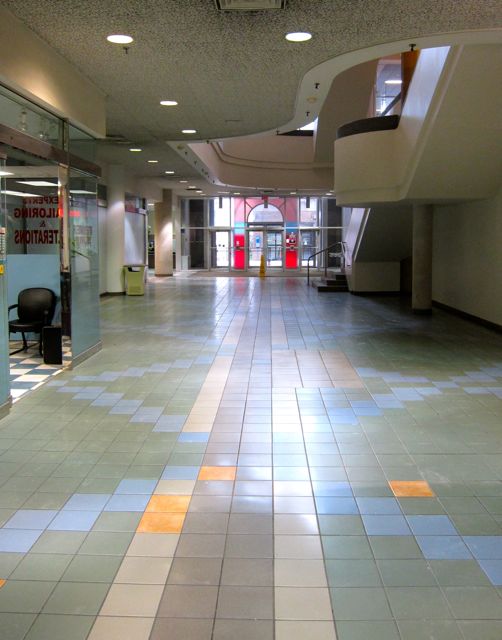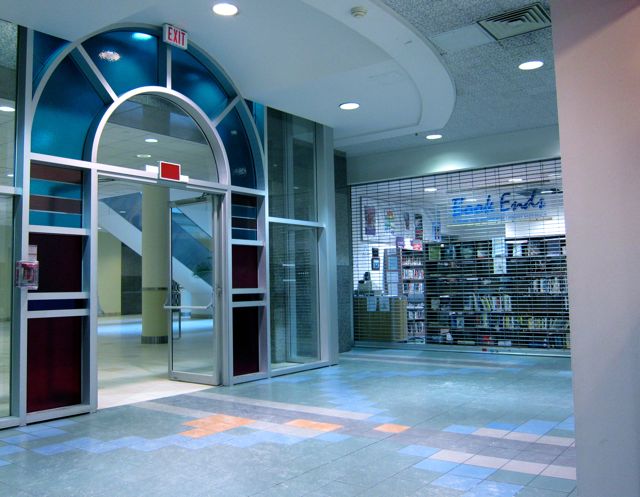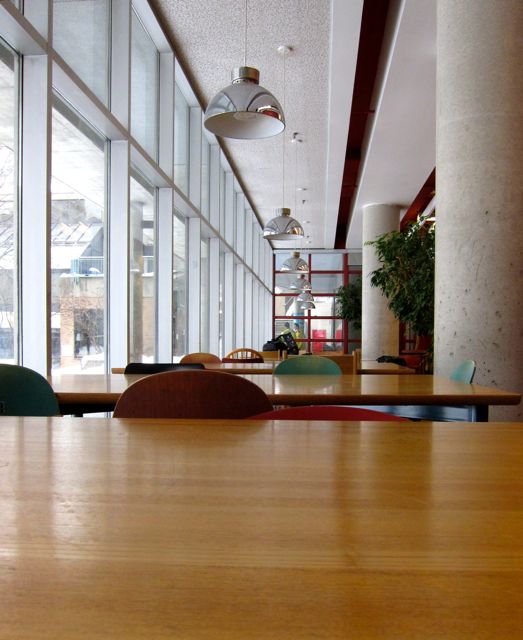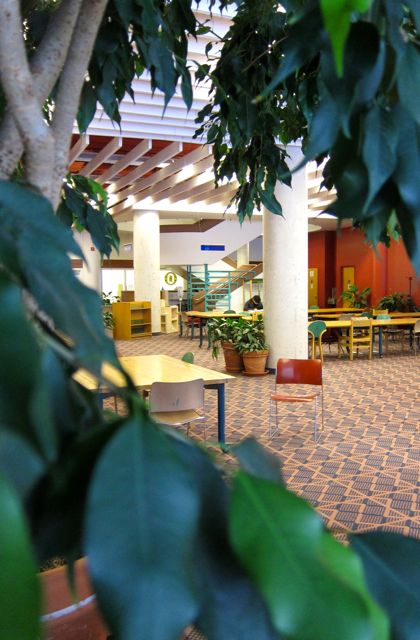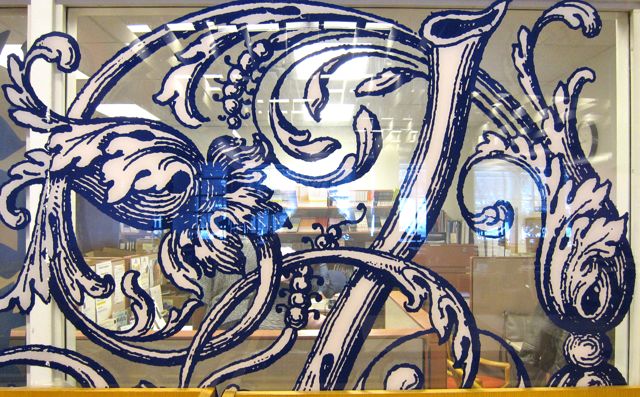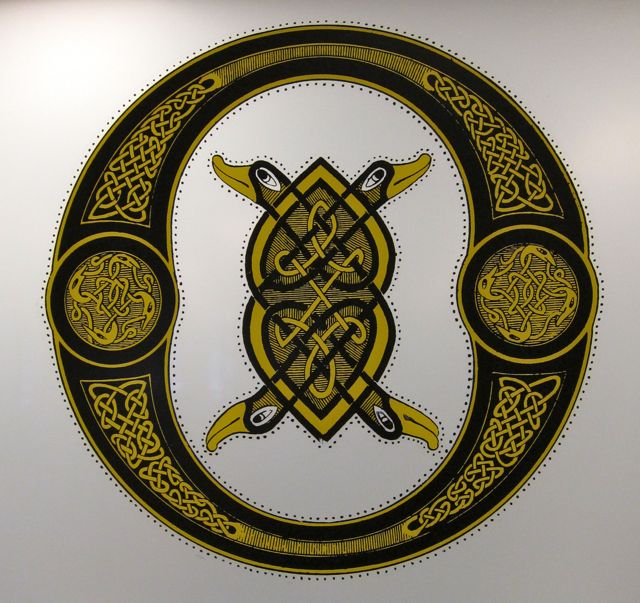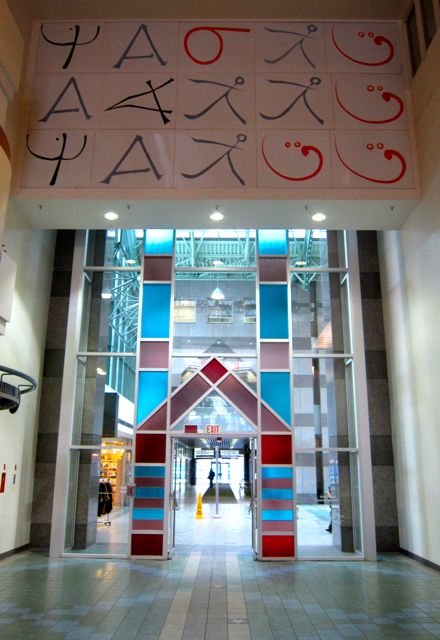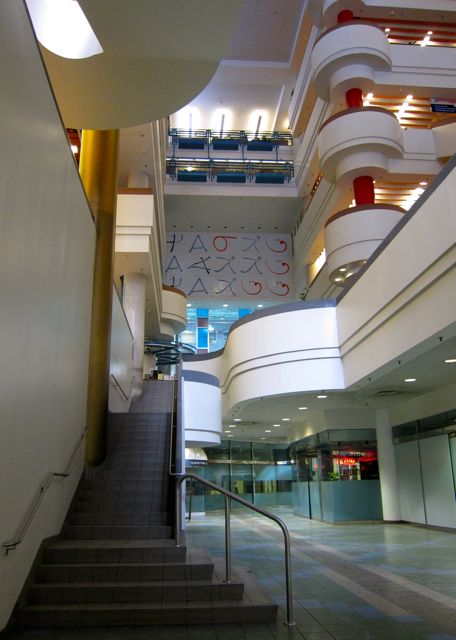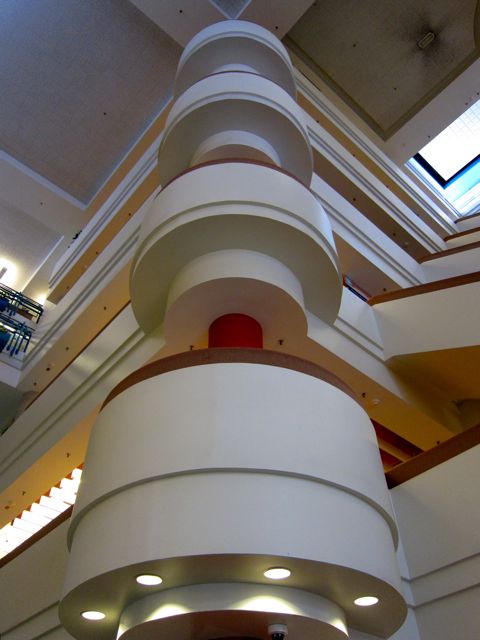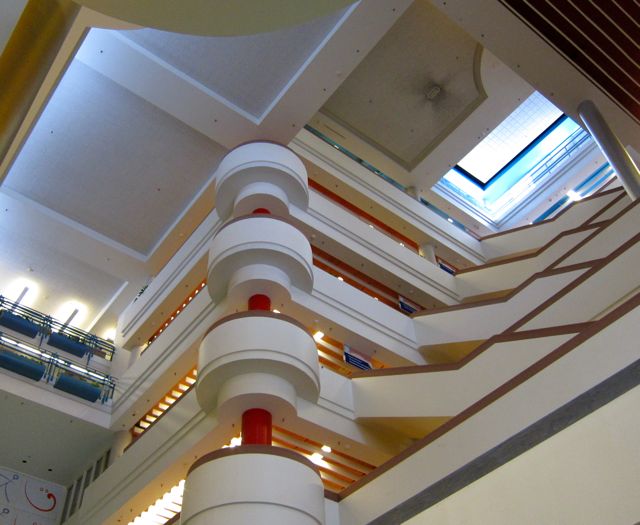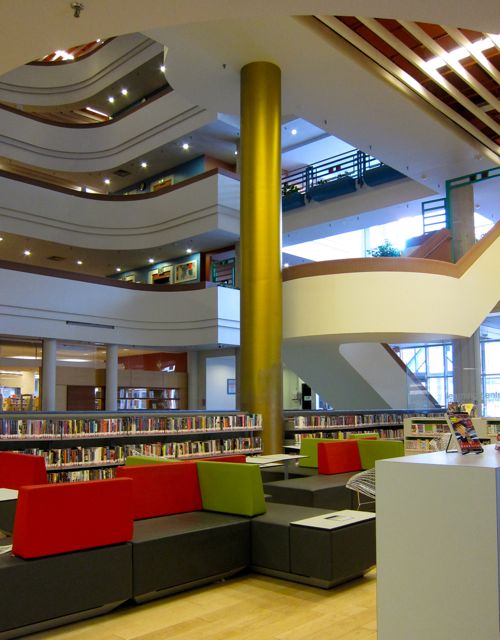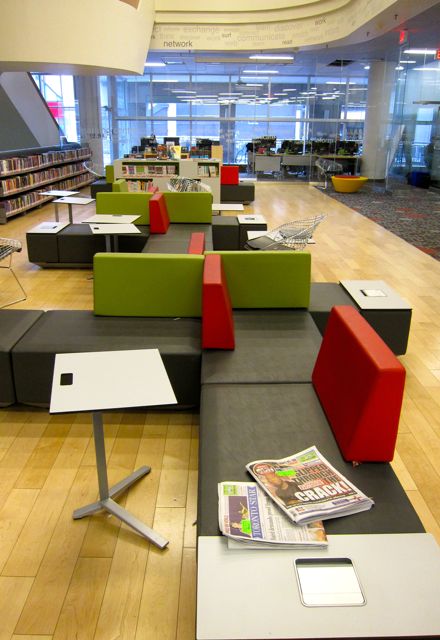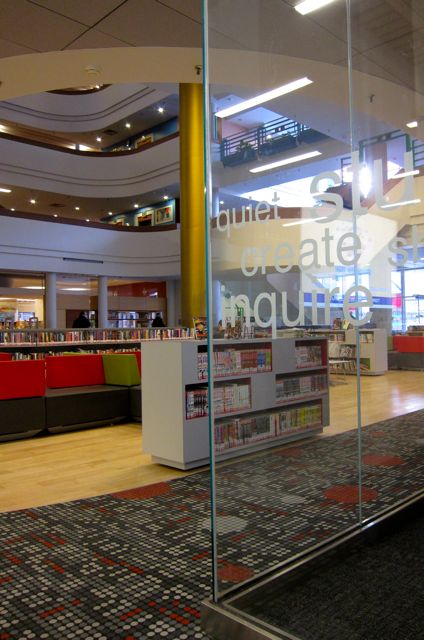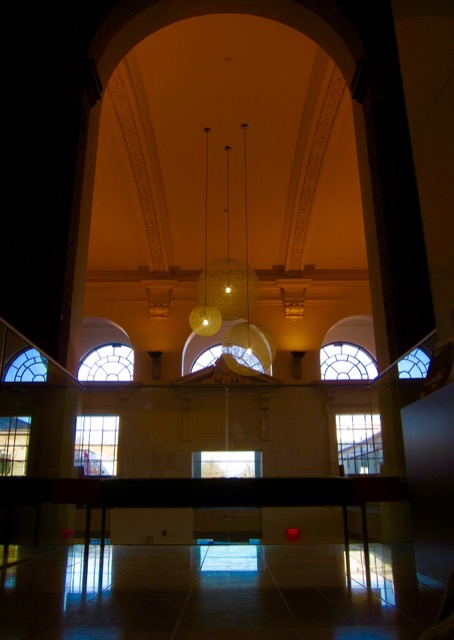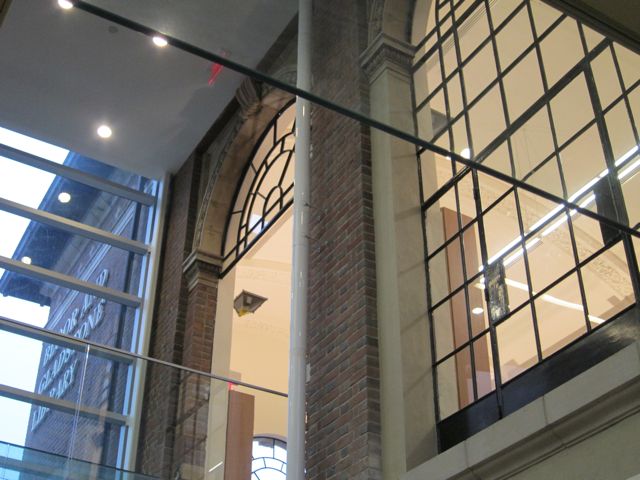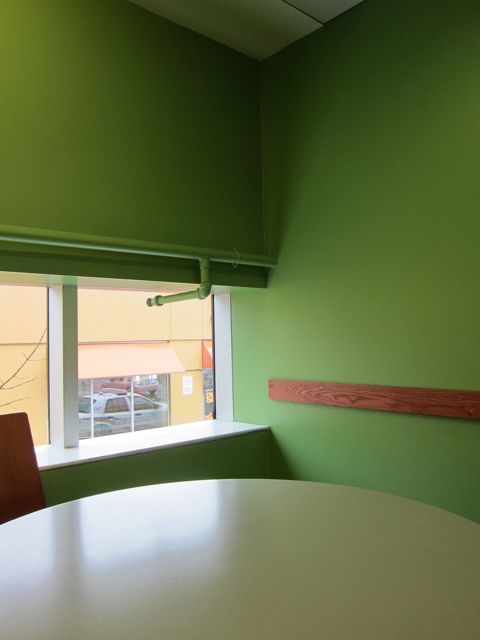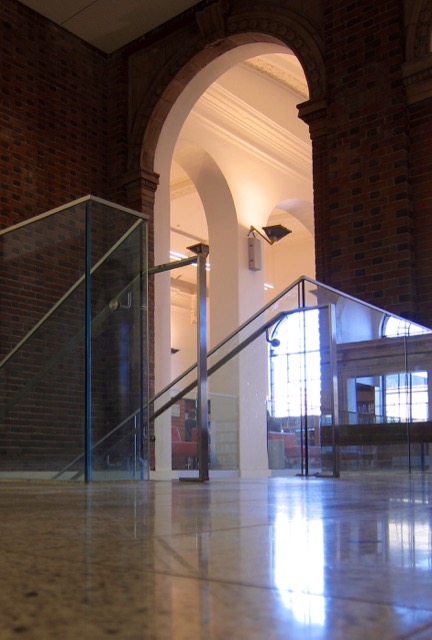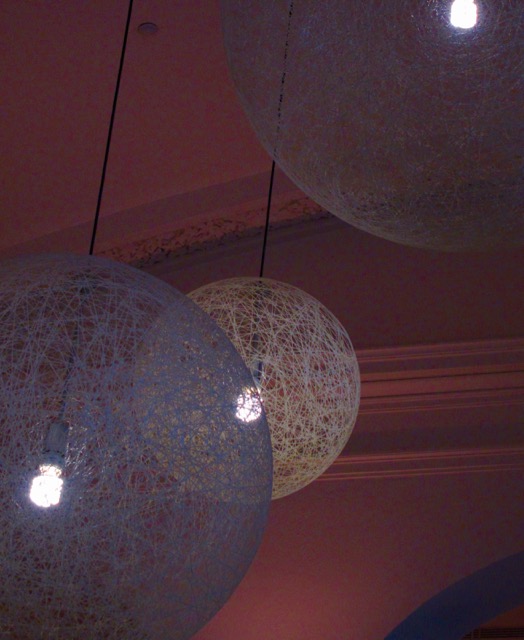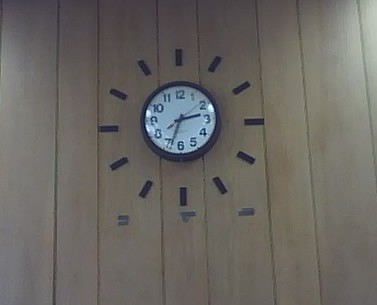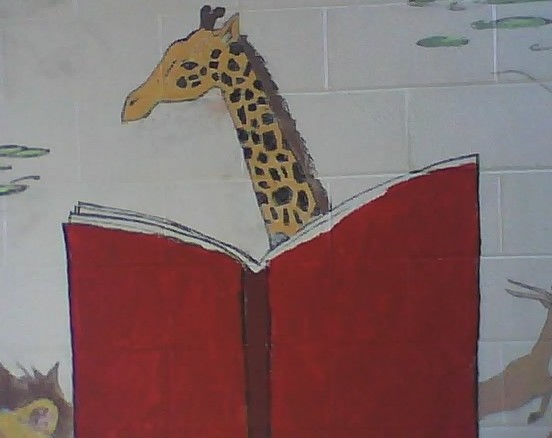Bendale Library sits by itself on a little grassy rise from which it serves residents near the intersection of Danforth Road and Lawrence Avenue East. Upon arrival, I noticed how the library’s trees and lawn resembled those of the suburban houses across the road.

I liked the multilingual welcome sign in the lobby, and I felt extra welcome when the branch head sprang up to greet me after I gave my name at the front desk. She said, “It’s you!” (It made me happy that she had read my blog).
Located to the right of the hospitable main desk, the children’s section contained a reading bench tucked into an unobtrusive spot. One mother was asking a librarian about good children’s books, and she received some suggestions as well as sincere encouragement to read to her child every day.
A few steps away from the children’s area, multiple reading opportunities presented themselves in Tamil, Gujurati, Polish, Tagalog, and Chinese. (Hindi DVD’s were available, too).
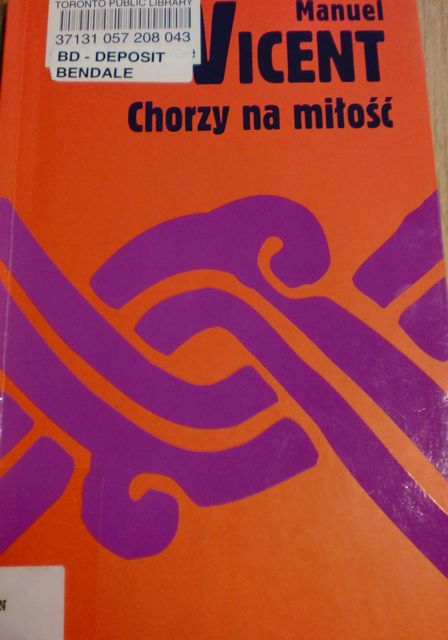 Walking towards the opposite end of the room, I saw shelves of fiction, a circle of armchairs, teen materials, large CD carrels, computers, and non-fiction. I also noticed a lady sitting at a card table covered by an Indian paisley textile and a sign that advertised free settlement services. The woman had a cup of tea, a laptop, and a friendly expression.
Walking towards the opposite end of the room, I saw shelves of fiction, a circle of armchairs, teen materials, large CD carrels, computers, and non-fiction. I also noticed a lady sitting at a card table covered by an Indian paisley textile and a sign that advertised free settlement services. The woman had a cup of tea, a laptop, and a friendly expression.
Two lively sisters were playing hide and seek among the shelves beside the settlement table. When they caught glimpses of each other between gaps in the books, some shrieks came out.
After my survey of Bendale’s main floor, I happily seated myself in its most northwesterly corner. As dusk dimmed a blustery grey afternoon, it was fun to inhabit a table with a view of swaying trees outside.
From my corner, I could hear the hum of activity coming from the entire branch: receipts chugging out of the printer, a mom trying to catch her exuberant toddler, the light thud of books being re-shelved, and the murmur of librarians. As the sky darkened, the tables behind me started filling up.
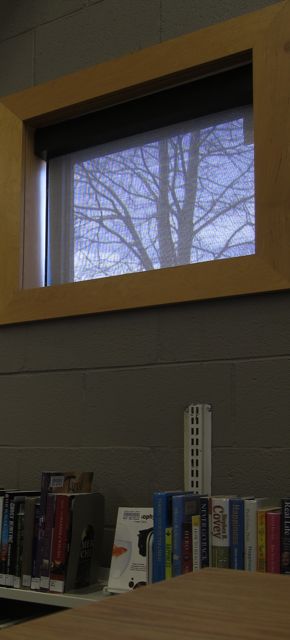
Leaving my peaceful corner, I bought a couple of old Architectural Digest magazines and went into the lobby. I heard voices downstairs, so I descended a curving staircase and discovered a huge meeting room below. Several groups of young patrons were doing their schoolwork, and I silently applauded them with “That’s the spirit!”
Their hardworking example continued to cheer me as I exchanged Bendale Library’s scholarly warmth for the chilly November twilight outside.



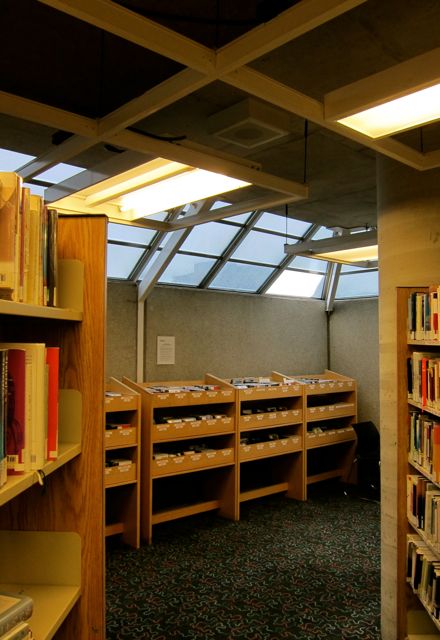
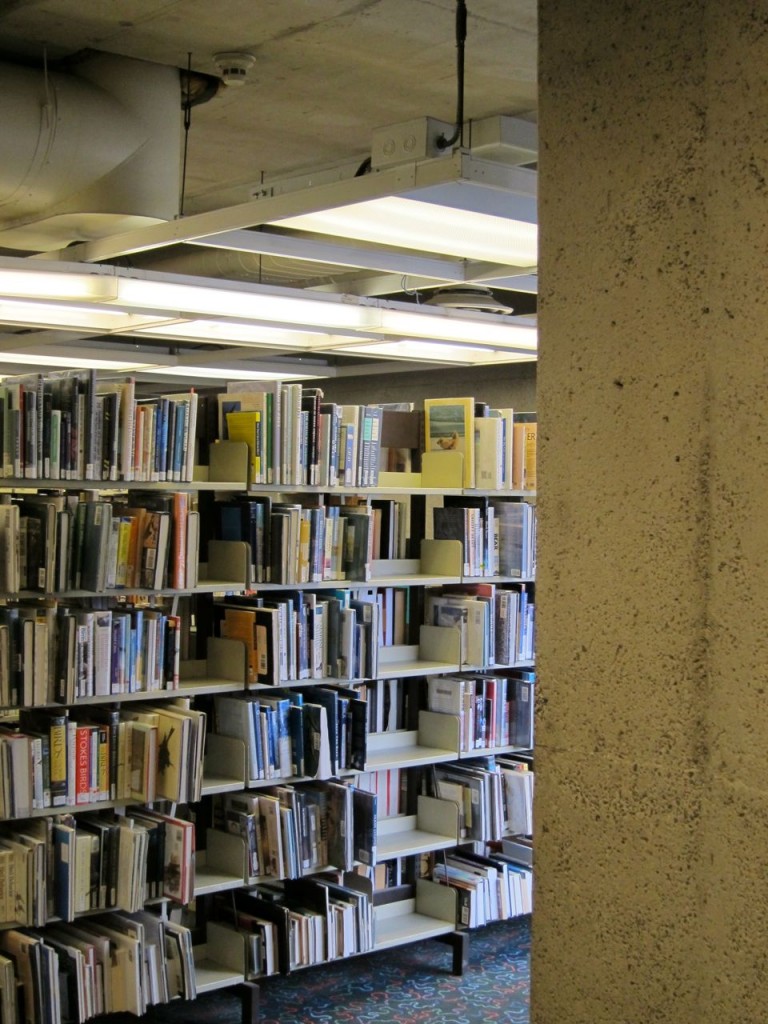
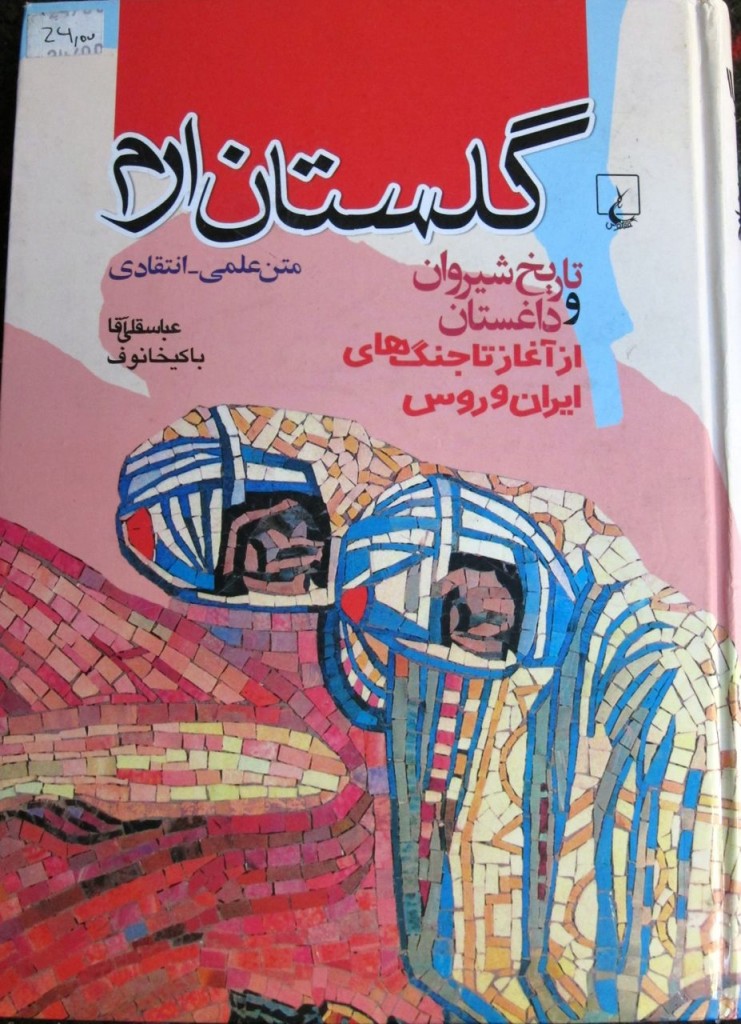


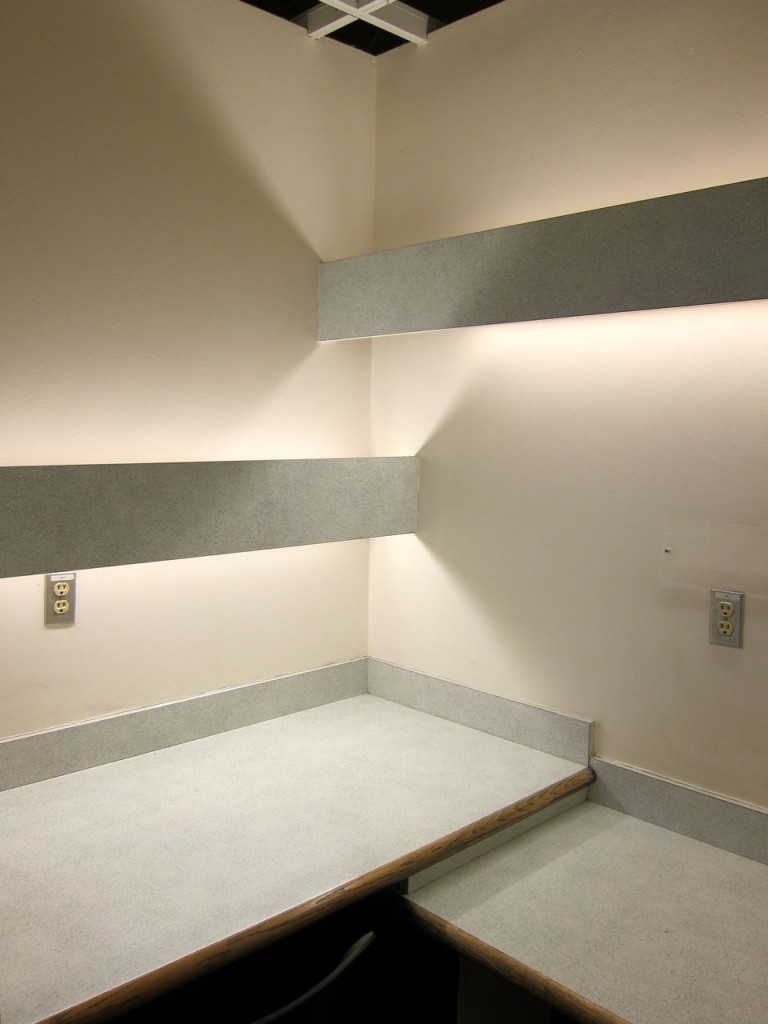
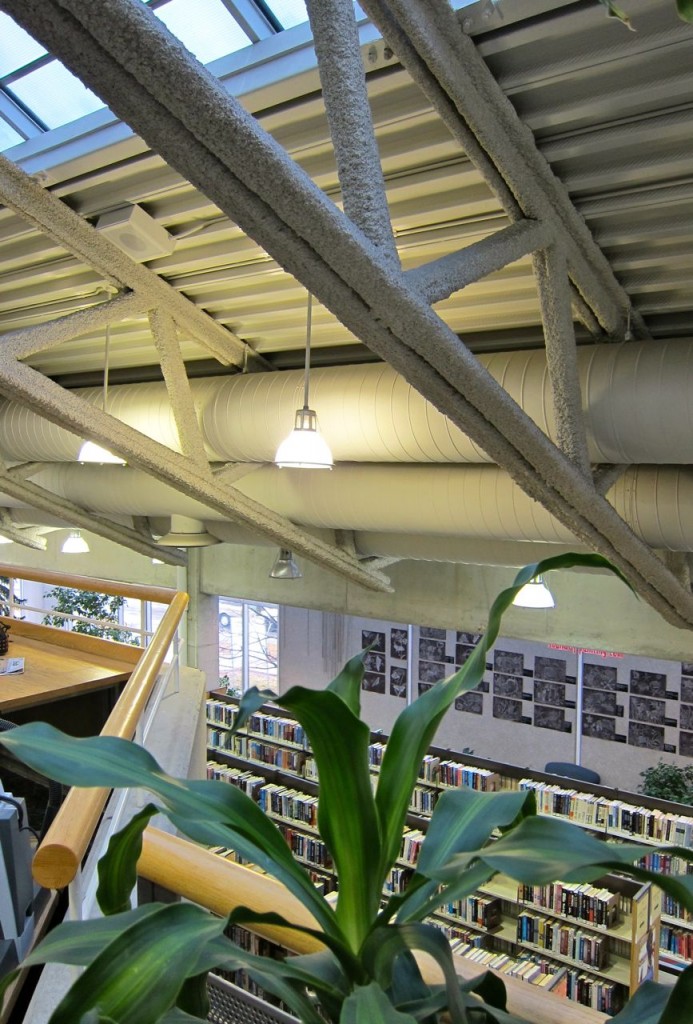
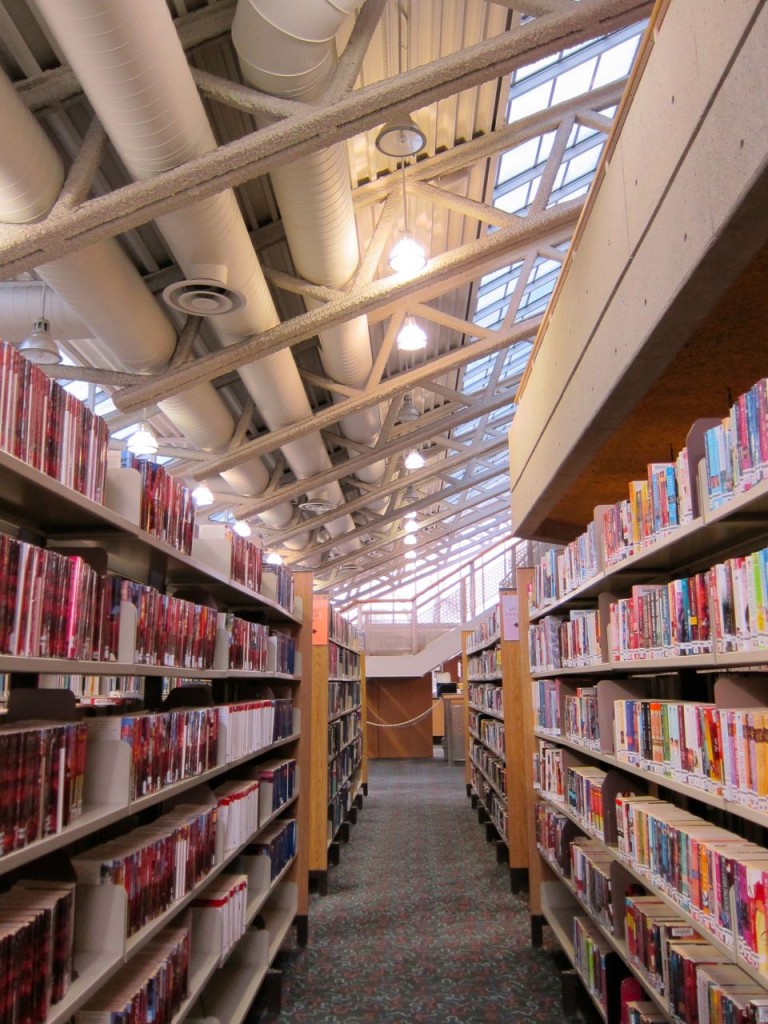
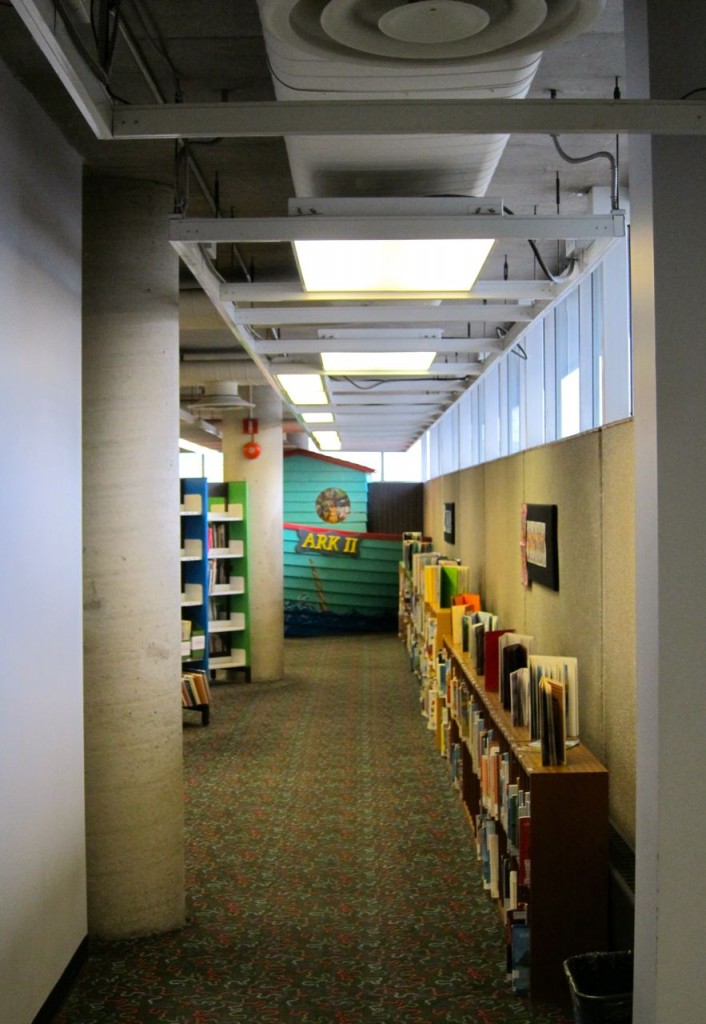

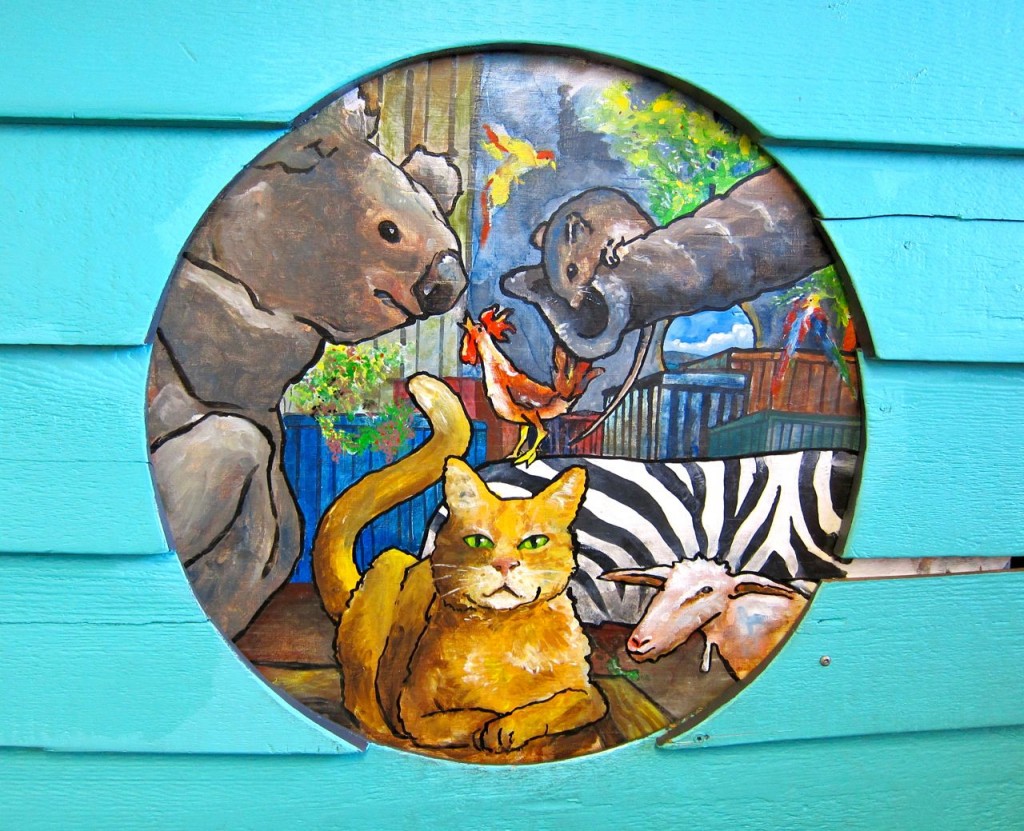

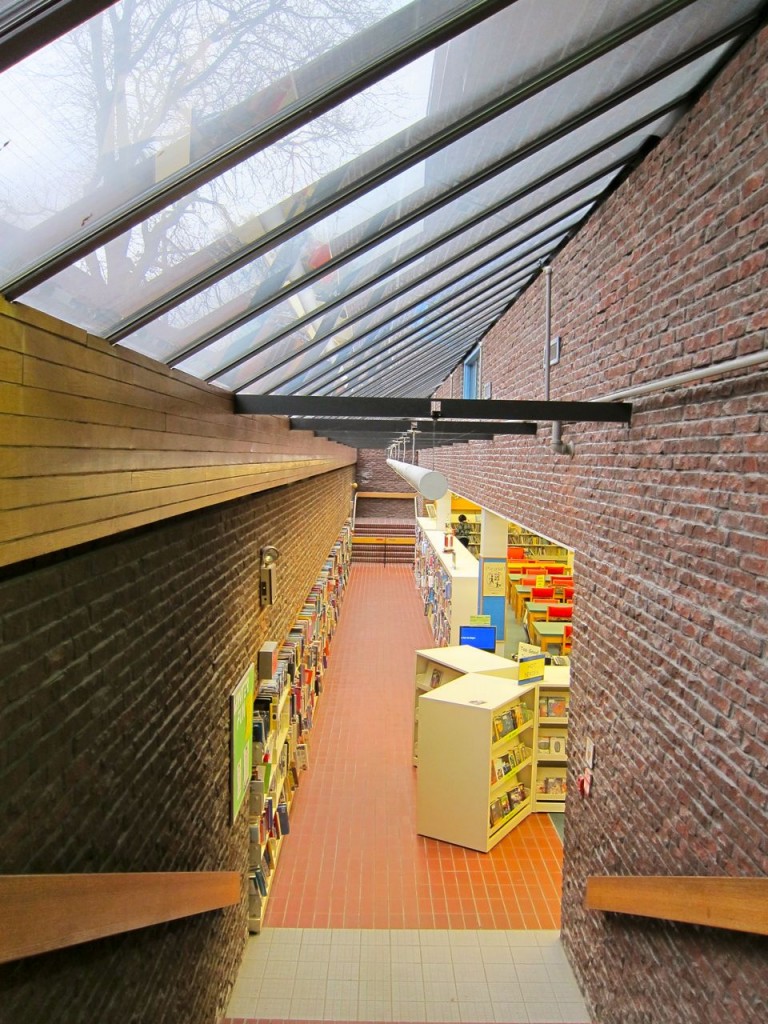

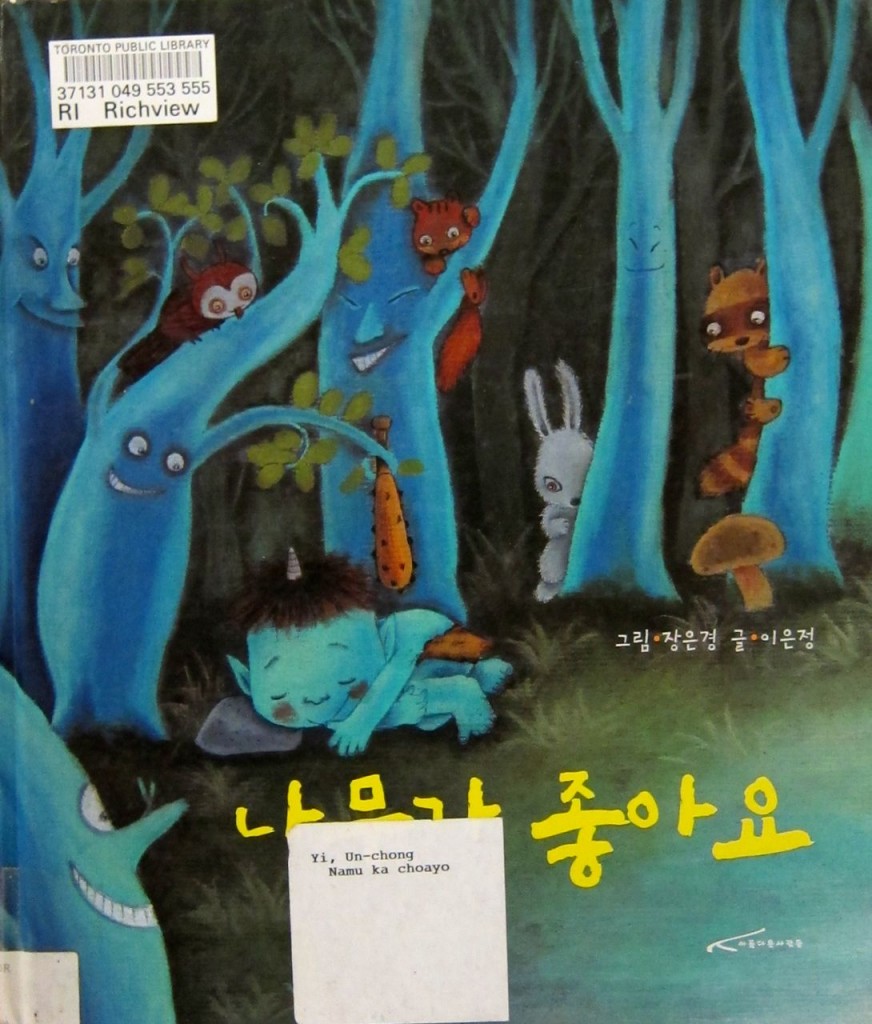

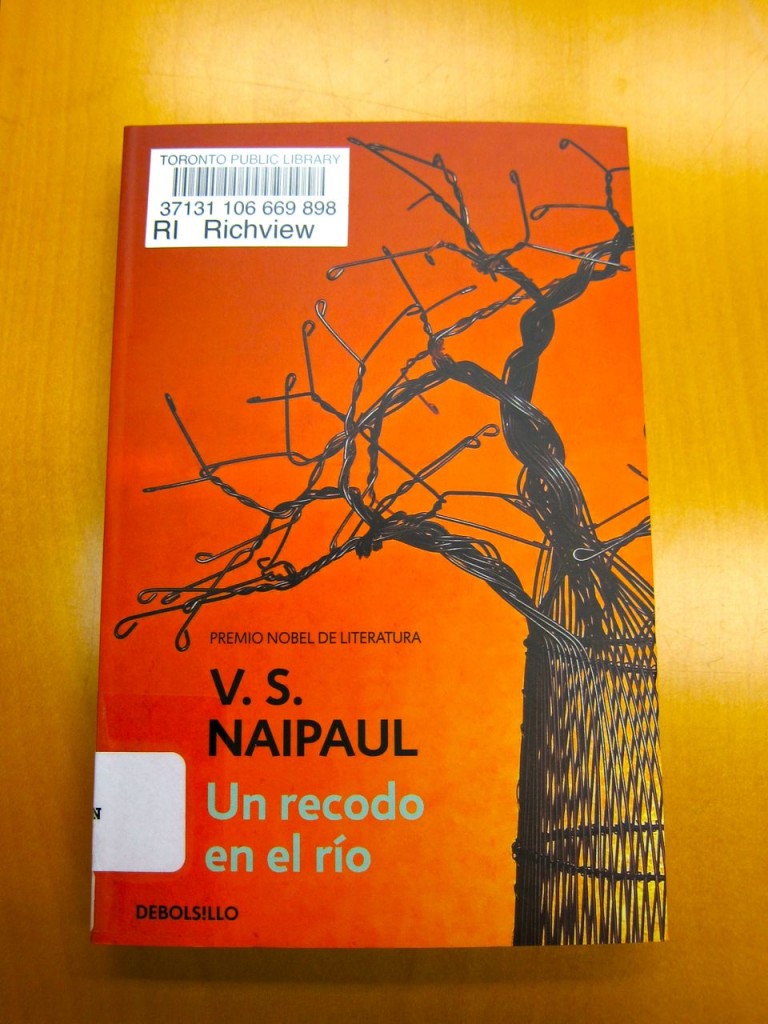
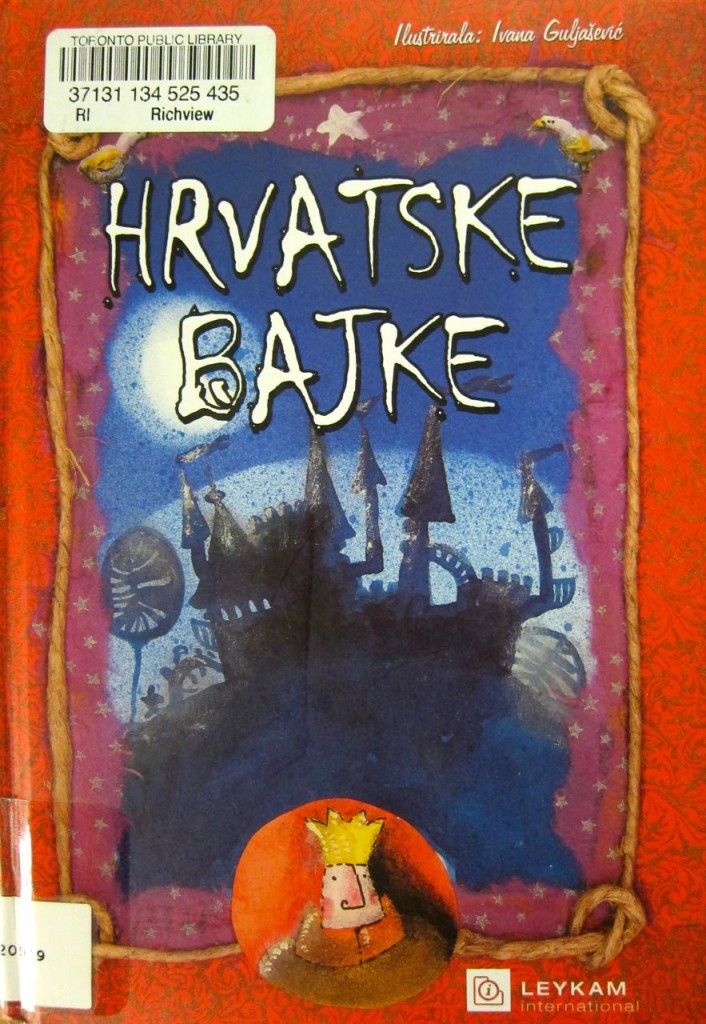
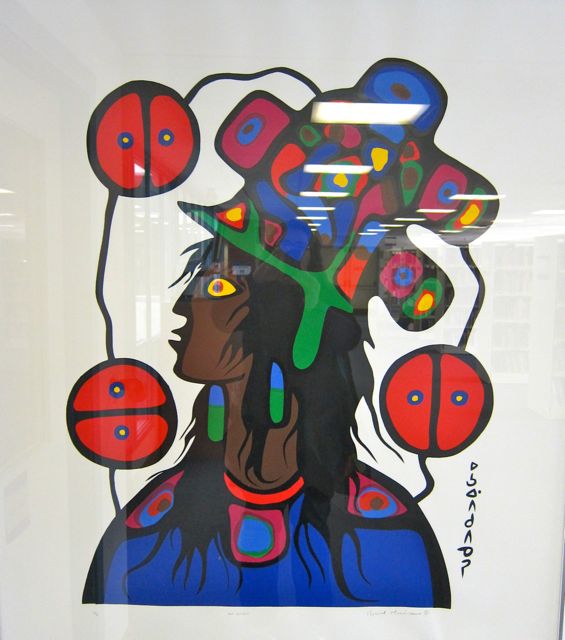

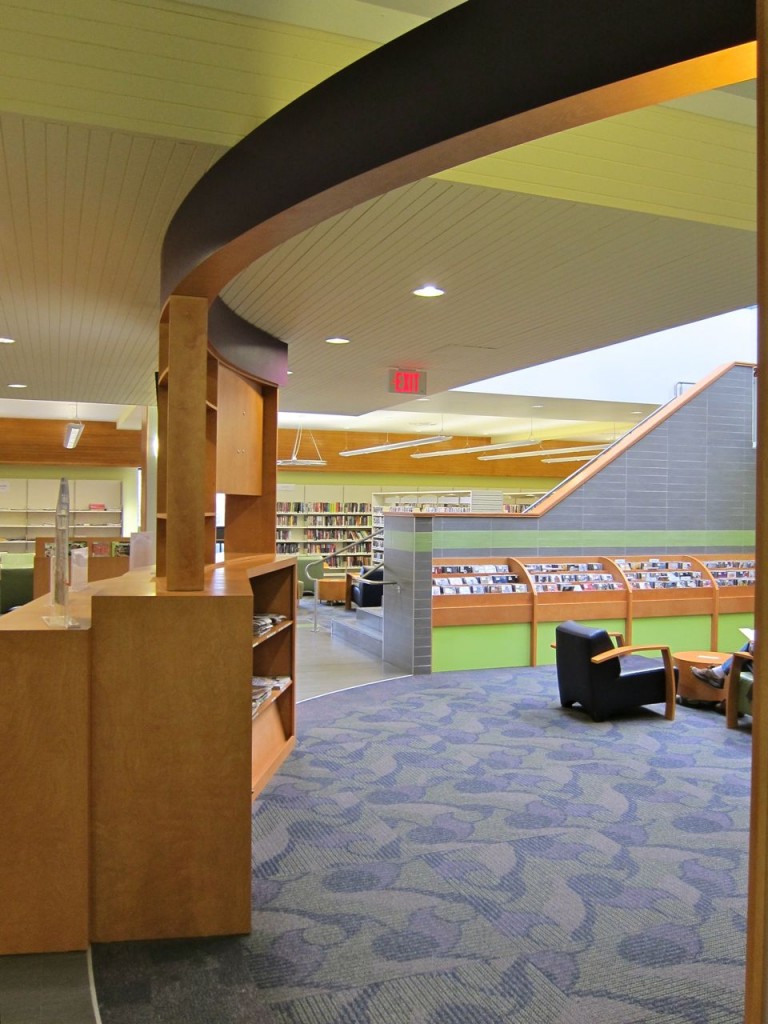
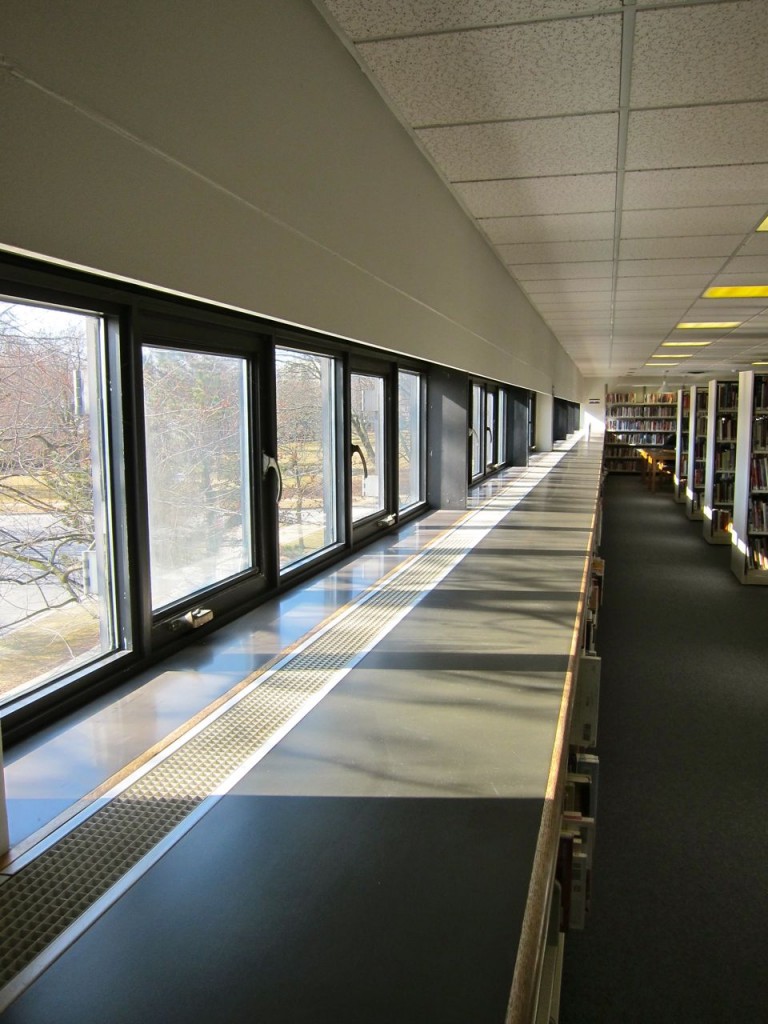
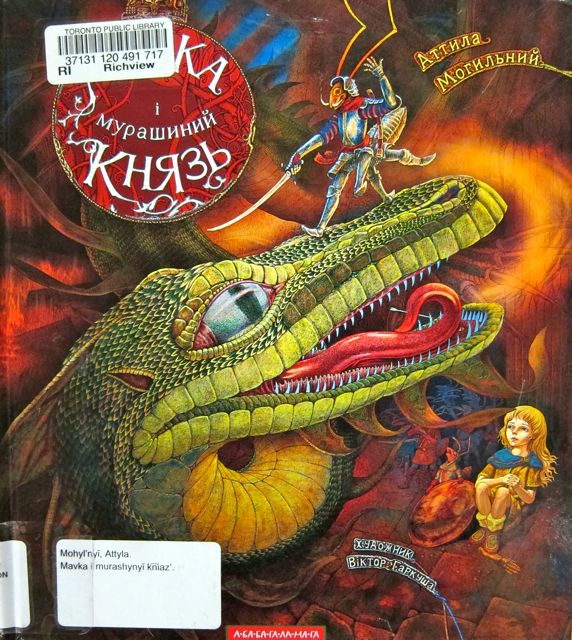


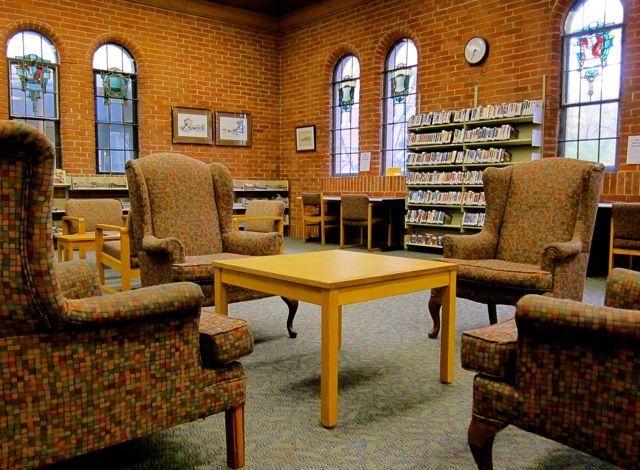




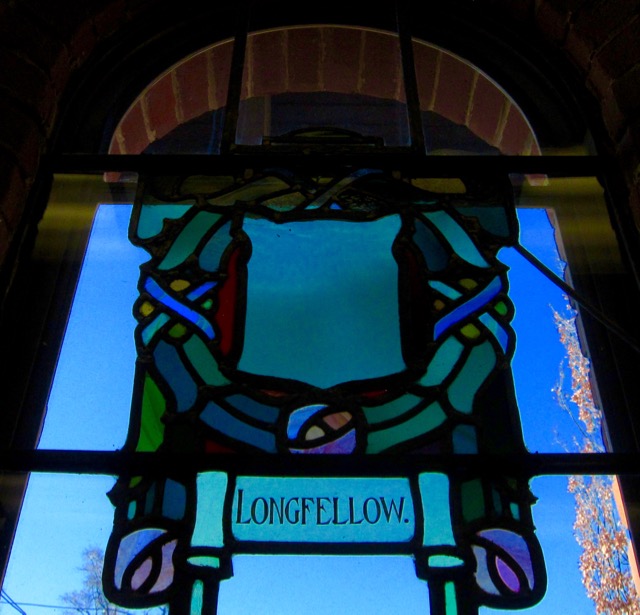

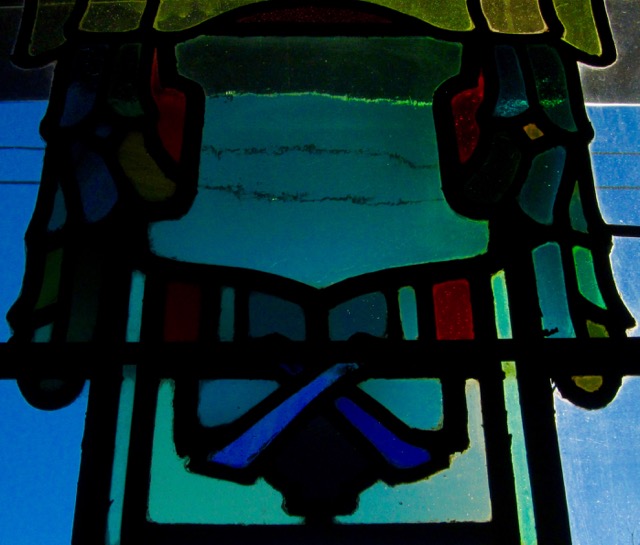






 Mural by Irene Jorasz, 1984
Mural by Irene Jorasz, 1984







